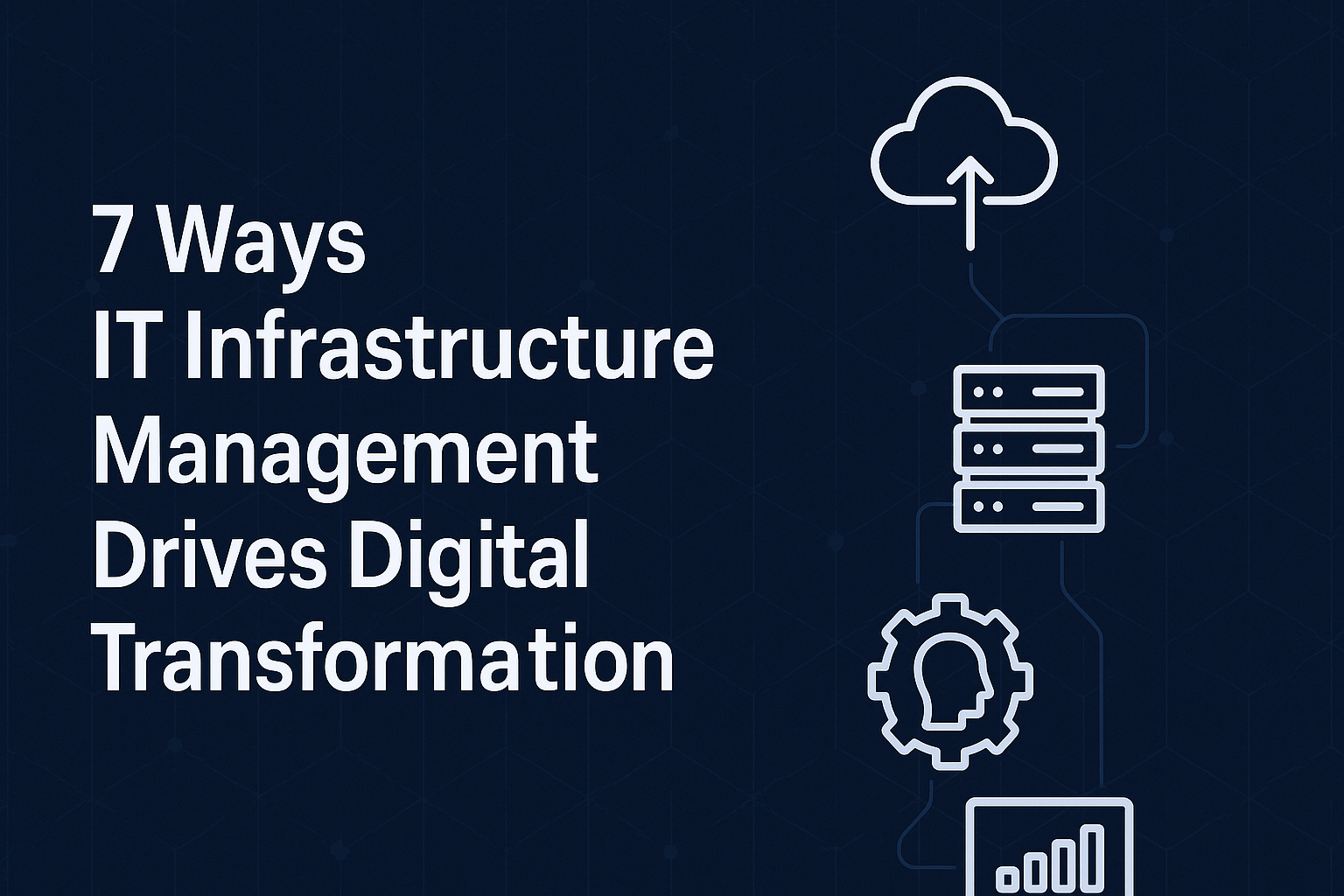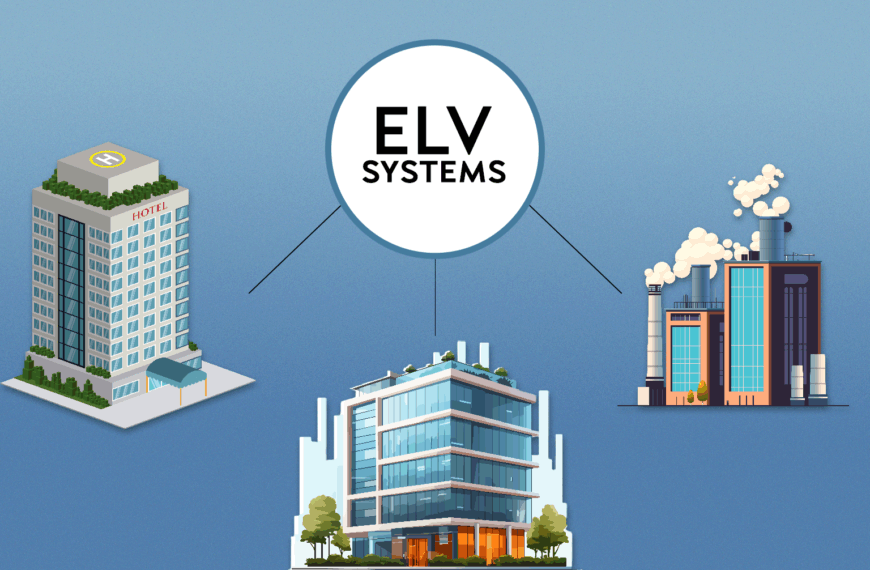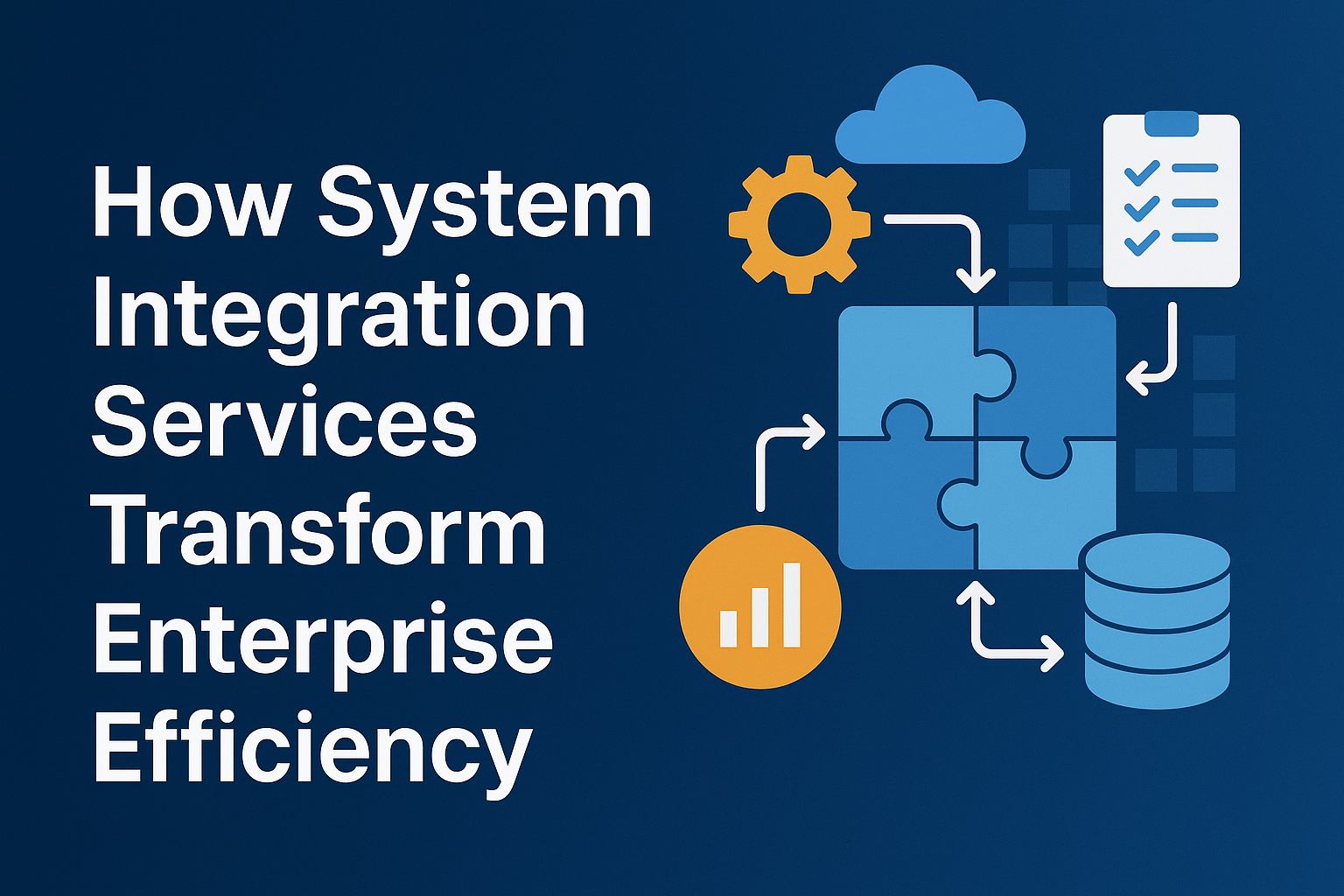Learn how IT Infrastructure Management empowers digital transformation through cloud adoption, AI/ML integration, automation, and scalable IT ecosystems.
Introduction: The Foundation of Digital Transformation
Digital transformation is more than adopting new technologies—it’s about reimagining how businesses operate, deliver value, and engage customers in a digital-first world. At the core of this transformation lies IT Infrastructure Management, the invisible force ensuring systems, networks, and platforms perform seamlessly.
For organizations embracing cloud computing, data analytics, and AI, robust IT infrastructure isn’t optional—it’s essential. Without a well-managed IT backbone, digital initiatives can quickly stall or fail.
Understanding IT Infrastructure Management
IT Infrastructure Management (ITIM) encompasses the processes, tools, and strategies used to oversee all physical and virtual components of an organization’s IT environment—servers, networks, cloud resources, storage, and software.
It ensures these components operate efficiently, securely, and in alignment with business goals, serving as the foundation for digital innovation and agility.
The Link Between Infrastructure and Digital Success
Think of IT infrastructure as the nervous system of a modern enterprise. When optimized, it enables data to flow freely, supports innovation, and ensures scalability. A weak infrastructure, on the other hand, can create bottlenecks, security vulnerabilities, and inefficiencies that hinder progress.
Why IT Infrastructure Matters in the Digital Age
The Shift from Legacy Systems to Agile Frameworks
Traditional IT setups are rigid and slow to adapt. Today’s businesses need flexible, modular, and cloud-enabled infrastructure that supports rapid change, faster deployments, and seamless integrations.
Importance of Scalability, Security, and Speed
A modern IT environment must scale effortlessly, protect against evolving threats, and deliver high performance. IT Infrastructure Management ensures these elements are maintained, enabling businesses to keep pace with market demands.
Core Elements of Modern IT Infrastructure Management
Cloud Computing and Hybrid Infrastructure
Cloud adoption is central to digital transformation. Effective management ensures seamless hybrid setups—balancing on-premises and cloud environments for flexibility and cost control.
Network and Data Center Management
As data volumes grow, network reliability and efficient data center operations are crucial. Automation and monitoring tools help maintain uptime and performance.
Automation, AI, and Predictive Maintenance
Automation reduces human error and boosts operational efficiency. AI-driven predictive maintenance anticipates issues before they occur, minimizing downtime.
Cybersecurity and Risk Management
Cyber threats continue to rise. Integrated security frameworks within IT Infrastructure Management help detect, prevent, and respond to threats proactively.
How IT Infrastructure Management Drives Digital Transformation
1. Enabling Cloud Adoption and Agility
Migrating to the cloud demands a well-orchestrated infrastructure strategy. ITIM simplifies cloud migration, ensures interoperability, and maintains performance during transitions.
2. Supporting Data Analytics and AI/ML Initiatives
Data-driven organizations rely on robust infrastructure to process massive datasets. ITIM supports analytics platforms, ensuring data availability, accuracy, and accessibility.
3. Empowering Remote and Hybrid Work Models
Post-pandemic, distributed work has become the norm. Infrastructure management provides secure remote access, reliable VPNs, and seamless collaboration tools.
4. Enhancing Business Continuity and Disaster Recovery
With disaster recovery and redundancy planning, ITIM ensures minimal disruption during system failures, cyberattacks, or natural disasters.
5. Optimizing Operational Efficiency with Automation
Through intelligent monitoring and automated task management, infrastructure teams can focus on innovation instead of maintenance.
6. Improving IT Governance and Compliance
Proper governance ensures adherence to regulations like GDPR or ISO standards, protecting data integrity and reducing legal risks.
7. Accelerating Innovation and Time-to-Market
When infrastructure is agile and scalable, organizations can roll out digital services faster, improving customer satisfaction and competitive advantage.
Case Study: A Digital Transformation Success Story
Real-world Example from a Cloud-Driven Enterprise
A leading manufacturing firm partnered with Innova India to modernize its legacy IT infrastructure. By migrating to a hybrid cloud and implementing automated monitoring, the company achieved:
-
35% reduction in operational costs
-
40% faster deployment cycles
-
99.9% system uptime
Key Takeaways and Lessons Learned
-
Cloud integration is critical to scalability.
-
Automation drives consistent performance.
-
Partnering with experts accelerates transformation success.
Best Practices for IT Infrastructure Modernization
Adopting a Cloud-First Strategy
Prioritize cloud-based solutions for scalability, flexibility, and reduced capital expenditure.
Implementing Continuous Monitoring and Automation
Use AI-based monitoring to track system performance and prevent downtime proactively.
Partnering with a Reliable IT Infrastructure Provider
Firms like Innova India deliver tailored infrastructure solutions that align with enterprise digital goals.
Future Trends in IT Infrastructure Management
Edge Computing and IoT Integration
As IoT devices proliferate, edge computing ensures data is processed closer to the source, reducing latency.
The Rise of AI-Driven Infrastructure Management
AI tools will soon automate most infrastructure management tasks, improving efficiency and predictive insights.
Sustainable and Green IT Practices
Organizations are prioritizing eco-friendly data centers and energy-efficient hardware for sustainable digital growth.
Conclusion: Building a Future-Ready Digital Enterprise
In the digital era, IT Infrastructure Management is the backbone of transformation. It empowers organizations to innovate faster, scale smarter, and deliver seamless experiences.
By investing in a robust, adaptive, and secure infrastructure, enterprises lay the foundation for continuous digital growth—turning technology from a support function into a strategic advantage.
Frequently Asked Questions (FAQs)
1. What is IT Infrastructure Management?
It’s the practice of overseeing and optimizing IT resources—hardware, software, networks—to ensure operational efficiency and reliability.
2. How does it enable digital transformation?
It creates a stable, scalable, and secure foundation for technologies like cloud, AI, and automation.
3. Why is hybrid infrastructure important?
It balances cost, control, and flexibility by combining on-premises and cloud systems.
4. What role does automation play?
Automation streamlines repetitive tasks, reduces downtime, and enhances service delivery.
5. How can companies modernize legacy infrastructure?
By migrating to cloud platforms, automating processes, and partnering with integration experts like Innova India.
6. What trends are shaping IT infrastructure’s future?
AI-based management, edge computing, and sustainable IT practices are leading the way.



